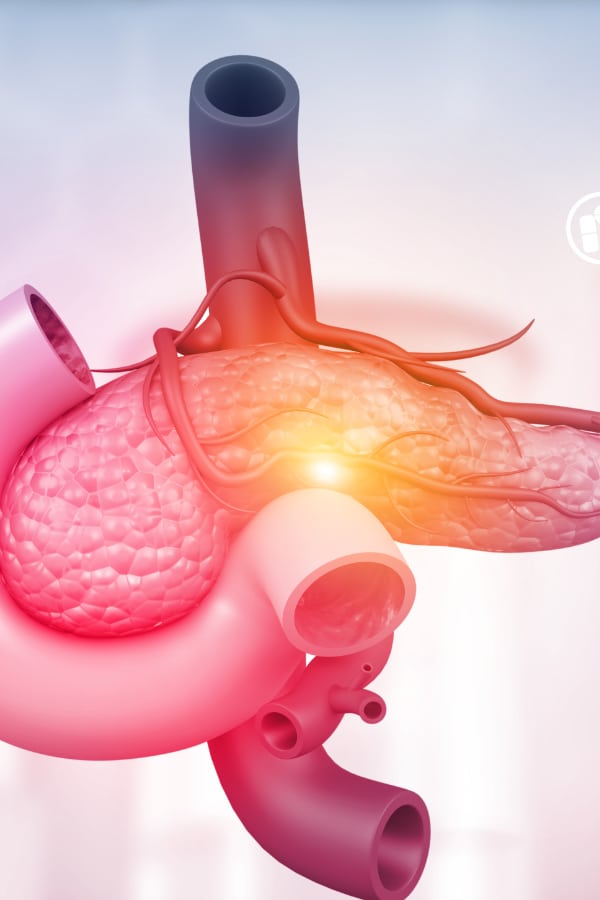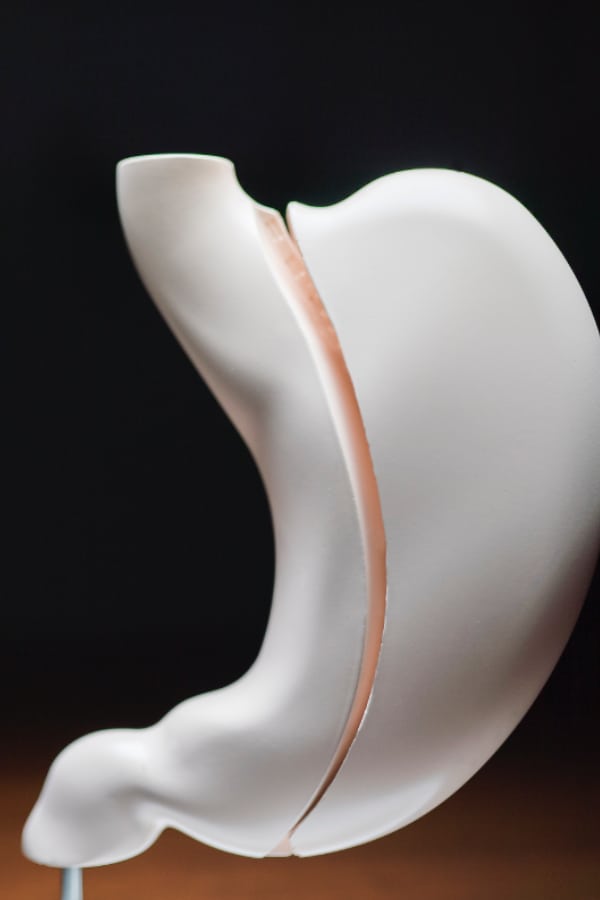Pancreatic cancer surgery
Whipple’s procedure is a surgical intervention used to treat pancreatic cancer by excising the malignant portions of the pancreas and surrounding tissues. On this page we explain what this operation is and which other surgical interventions are available to alleviate the symptoms associated with pancreatic cancer.







Quick links
Pancreas cancer explained
What is pancreatic cancer?
An essential organ in the abdomen, the pancreas plays a vital role in our body’s digestive process and regulates our blood sugar levels.
When cancerous cells develop in the pancreas, they can interrupt these functions, resulting in a range of symptoms, including:
- Pain
- Weight loss
- Jaundice
- Itchiness
In Australia, over 3,000 people are diagnosed with pancreatic cancer every year. Early detection and timely intervention are crucial as the pancreas’s location and the cancer’s aggressive nature can make it challenging to treat.

Pancreatic cancer surgery Gold Coast
How is pancreatic cancer treated?
Treatment for pancreatic cancer depends on its stage and the patient’s overall health circumstances. Surgical procedures, including the Whipple’s procedure, offer hope for many, often combined with chemotherapy for a comprehensive approach.
Whipple's procedure for pancreas cancer
Also known as a ‘pancreatico-duodenectomy’, Whipple’s procedure is performed to treat pancreatic cancer and involves removing a section of the pancreas. In some cases, sections of other organs close to the pancreas (this can include a section of the stomach) are removed as well.
The procedure:
- Is an open surgery under general anaesthesia.
- Takes around four to six hours.
- Entails an incision below the ribs for access to the upper abdomen.
- Involves removing the head of the pancreas, duodenum, gallbladder, adjacent lymph nodes, and part of the common bile duct. Subsequently, the remaining segments of the pancreas, bile duct, and stomach are reconnected to the small intestine.
Depending on the extent of the disease, there might be occasions where parts of the stomach and the adjoining valve that links the stomach to the small intestine are also excised.
In some cases, it may be necessary to insert a drain into the abdominal cavity to remove any fluid that accumulates after the procedure
Other procedures
Additionally, several surgical interventions are available to alleviate the symptoms associated with pancreatic cancer.
- Inserting a metal mesh tube, or ‘stent’, into the duodenum or bile duct. This helps maintain their openness, facilitating easier eating and drinking.
- Performing a gastric bypass to address any obstructions in the gastrointestinal tract.
- Conducting a ‘staging laparoscopy’, an exploratory procedure used to assess the extent of cancer spread within the abdomen. This technique offers a detailed view of areas not clearly visible in a CT scan.
- Multidisciplinary team management is important- Meetings between surgeon, oncologist, radiologist and pathologist.
Pancreas surgeon Gold Coast, Lismore and Byron Bay
Core Specialist Group for pancreatic cancer
At Core Specialist Group, your health and comfort are our highest priority. If you have been told you may need a Whipple’s procedure, and are looking for compassionate and exceptional patient care, please get in touch with our friendly team. With consulting rooms in Tugun, Lismore (NSW) and Byron Bay (NSW) we will make you feel at ease in the lead up to your consultation and possible surgery.

